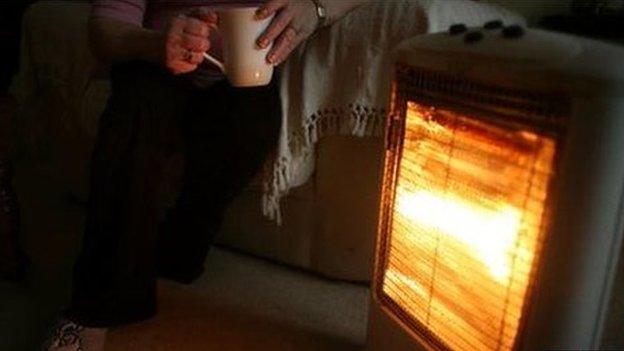Why bother with seven-day GP opening?
- Published

There is a simple way to make a job more attractive. Attach more money to it.
But, of course, that is not really an option for GPs. Average pay - for those that run practices as partners at least - is already in the six figures so there would be an outcry if pay started going up dramatically when the rest of the public sector is being squeezed.
Instead, the government in England is trying to tinker around the edges - offering doctors more training opportunities, making it easier to return to the profession after a break and promoting flexible working.
There is even the prospect of a "golden hello" for new doctors willing to work in the most deprived areas.
But the big question is whether this will be enough.
General practice - for a variety of reasons - is not as attractive as it once was. The NHS is in the process of increasing the number of training places to boost numbers.
However, over one in 10 went unfilled last year. Coupled to that a recent BMA survey showed the pressures on the profession were prompting large numbers to think about escaping.
The poll of 15,000 doctors found a third were thinking of retiring in the next five years and one in 10 was considering moving abroad.
If this comes true, it will make it very difficult for the government to achieve its desire to boost the workforce by 5,000 doctors, which in turn will make it difficult to secure the seven-day service ministers are aiming for.
Is it needed?
But in all this debate it is easy to forget the obvious question. Do we really need GPs available seven days a week?
It is something British Medical Association GP leader Dr Chaand Nagpaul raised this morning when he suggested the government would be better focussing its attention on "supporting practices during the day".
The government, however, is adamant there is a need. But from whom? The biggest users of general practice are the elderly and very young.
GP workforce in numbers
32,628
GPs in England
-
5,000 more planned for 2020
-
1 in 3 considering retirement in next five years
-
13% of GP training places went unfilled last year
The average patient sees their doctor six times a year, for the over 75s this tops 20 while for the under-fives it is approaching 15 visits.
Neither of these groups tend to have trouble being free to see a doctor during normal hours.
It is why those that have tried seven-day opening tend to report that demand is very low, particularly on Sundays (although there does seem to be some appetite for late evening opening and Saturday morning clinics but these were already offered in many places before ministers started pushing for this initiative).
Instead, seven-day opening for GPs seems to be more focussed at tackling what is perhaps the Achilles heel of the NHS: Where to go when you need immediate care that does not necessarily need the attention A&E.
Estimates suggest as many as four in 10 A&E visits could be dealt with elsewhere. But with the jury still out on the 111 non-emergency phone line and many still suspicious about GP out-of-hours providers, the government seems to be turning to general practice to help it out.
But is there a risk the government is using a sledgehammer to crack a nut - albeit a tough nut?
- Published4 June 2015

- Published13 June 2014

- Published5 March 2015
